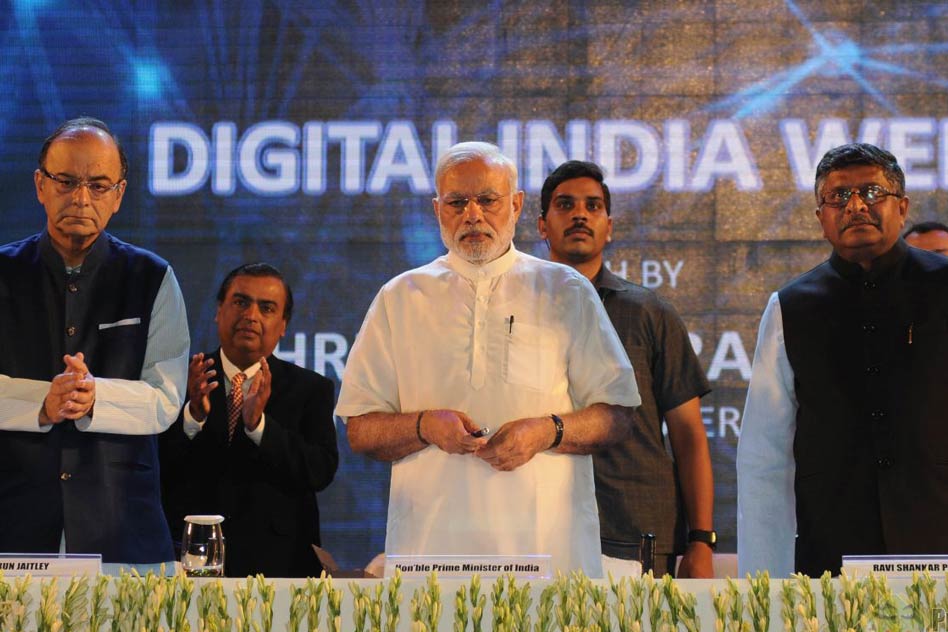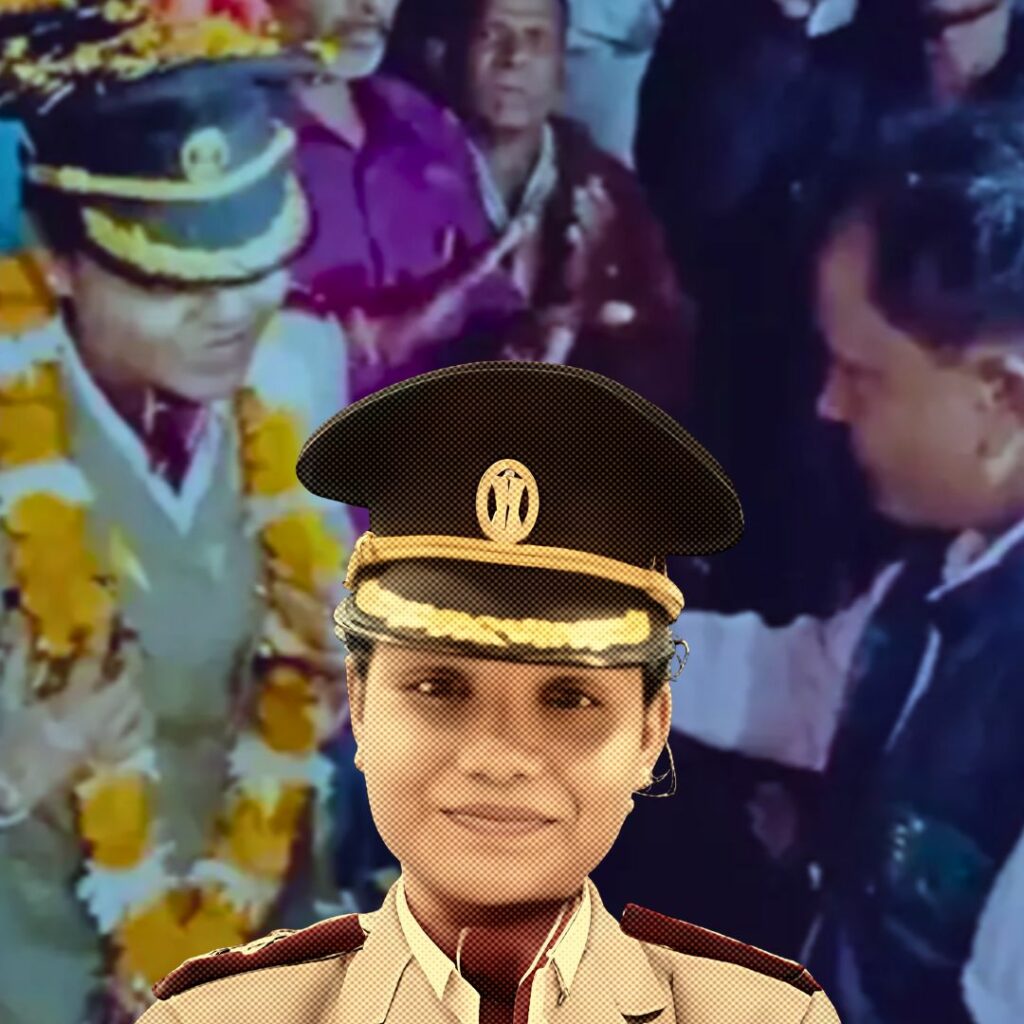Inaugurating ‘Digital India Week’ on Wednesday, Prime Minister Narendra Modi pitched for a digital revolution in the country, which he said is necessary to deal with problems like corruption, for a transparent and efficient governance and to bridge the rich-poor divide.
Here are the 13 launches made at Digital India Week:
Products
1. Digital Locker: It is aimed at minimising the usage of physical documents and enabling sharing of e-documents across agencies and individuals. Hassle-free registration can be done for SIM cards, LPG connections and driving licences.
It will speed up issuance of certificates such as birth, marriage and domicile. One can store and share important documents such as PAN cards, passports and educational certificates.
2. National Scholarship Portal: Unique log-in ID and password for all stakeholders. The scholarship will be disbursed to the bank accounts of students.
3. eHospital: Online Registration Services: Citizens can avail of online services such as registration and appointment, pay fees, view diagnostic reports and check blood availability.
4. eSign: eSign offers the functionality to authenticate signers and perform the digital signing of documents using Aadhaar eKYC service (biometric or OTP) while submitting documents to agencies. Hardware tokens are not required to be used.
5. Digitise India Platform: This initiative would facilitate efficient delivery of services and reduce piles of paper in record rooms of offices. The government’s files and documents, which are shareable and useful to citizens, would be digitised through “crowd sourcing” and citizens can earn money by participating in it.
Portals/apps
6. MyGov Mobile App: Through this innovative platform, the government encourages citizens to participate in policymaking by giving ideas and suggestions. As many as 211 issues have been put up for discussion in the MyGov.in web platform since July 2014.
7. BharatNet: It is the world’s largest rural broadband connectivity project using optical fibre to connect each of 2.5 lakh gram panchayats with a minimum of 100 Mbps bandwidth. Bharatnet will serve as the infrastructure backbone of Digital India, to facilitate delivery of e-Governance, e-Health, e-Education, e-Banking, internet and various other services.
8. Wi-Fi Hotspots: BSNL has launched Wi-Fi services at 78 hotspots over 17 locations across 6 cities to provide affordable, anywhere and anytime, high-speed broadband services while on the move. About 2,500 hotspots are planned to be set up by BSNL in FY16. These would essentially be in tourist destinations and government buildings dealing with people’s issues.
9. Next Generation Network (NGN): NGN technology will converge public switched telephone network, data network and wireless mobile network to enable high speed broadband across the country. This would provide for the first time value-added services such as video chats, video conferencing and other services now available on mobile phone on fixed line telephone at nominal prices.
Institutions
10. Centre of Excellence for Internet of Things (IoT): IoT is the emerging technological advancement in IT/ITeS sector, which is expected to swamp the connected digital world. The Centre of Excellence for IoT is expected to promote a vibrant IoT ecosystem, helping India attain a leadership role in the filed.
Image: Pro Kerala












